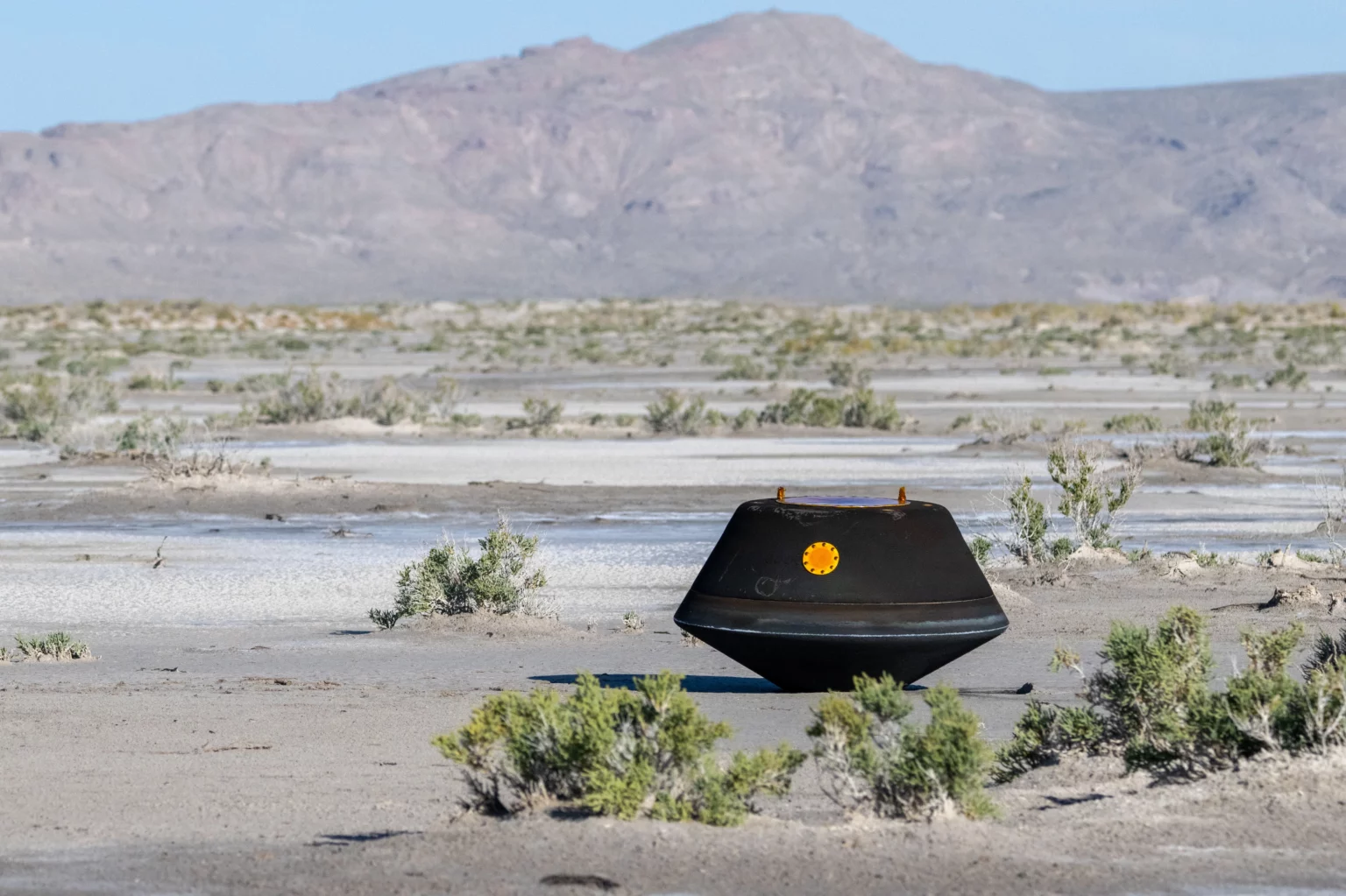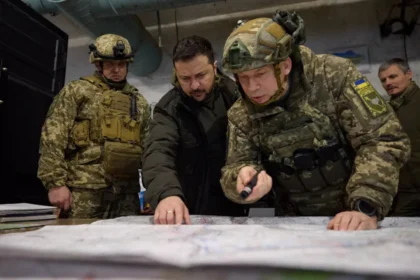A NASA gumdrop-shaped capsule from space which carries the largest soil sample ever collected from the surface of an asteroid has landed in the Utah desert seven years after the launch of the mission.
On Sunday, Flight Control announced, “We have touchdown!”
The capsule, discharged from the robotic spacecraft OSIRIS-REx as the mothership passed within 108,000km (67,000 miles) of Earth hours before, landed within a selected landing site west of Salt Lake City on the United States military’s vast Utah Test and Training Range.
On Monday, the samples will be flown to a new NASA lab at Johnson Space Center in Houston. The structure already accommodates about 400kg (842lb) of moon rocks collected by the Apollo astronauts more than a half-century ago.
Scientists estimated the capsule carries at least a cup of rubble from the carbon-rich asteroid known as Bennu but won’t know for sure until the container is unlocked.
Japan, the only other nation to carry back asteroid samples, collected about a teaspoon from a pair of asteroid missions.
Mission led by Dante Lauretta of the University of Arizona will accompany the samples to Texas. The opening of the container in Houston in the following day or two will be “the real moment of truth”, given the anticipation over the amount inside, he said ahead of the landing.
OSIRIS-REx gathered its sample three years ago from Bennu, a small asteroid found in 1999. The space rock is categorized as a “near-Earth object” because it passes fairly near to our planet every six years. The chances of an impact are supposed remote.
Bennu is considered to be made up of a loose collection of rocks, like a rubble pile. It is estimated 500 meters (1,600ft) across, making it barely wider than the Empire State Building is tall but slightly corresponds with the Chicxulub asteroid, which hit Earth about 66 million years ago, wiping out the dinosaurs.
OSIRIS-REx launched in September 2016 and went Bennu in 2018, then spent about two years orbiting the asteroid before venturing near sufficiently to grab a sample of the loose surface material with its robot arm on October 20, 2020.
The spacecraft left Bennu in May 2021 for a 1.9-billion-kilometer (1.2-billion-mile) cruise back to Earth, including two orbits around the sun.
Striking the upper atmosphere at 35 times the speed of sound about 13 minutes before touching down, the capsule illuminated red hot as it fell earthwards and temperatures inside the vessel were predicted to reach 2,800 degrees Celsius (5,000 degrees Fahrenheit).
Parachutes deployed close to the very end of its descent, delaying the capsule to approximately 17 kilometers per hour (11 miles per hour) before it dropped smoothly onto the desert floor of northwestern Utah.
A retrieval group of scientists and technicians was standing by to retrieve the capsule and to confirm whether the integrity of the vessel and inner canister handling the asteroid material was maintained through re-entry and landing. They sought to hold the sample unsoiled and free of any terrestrial contamination.




